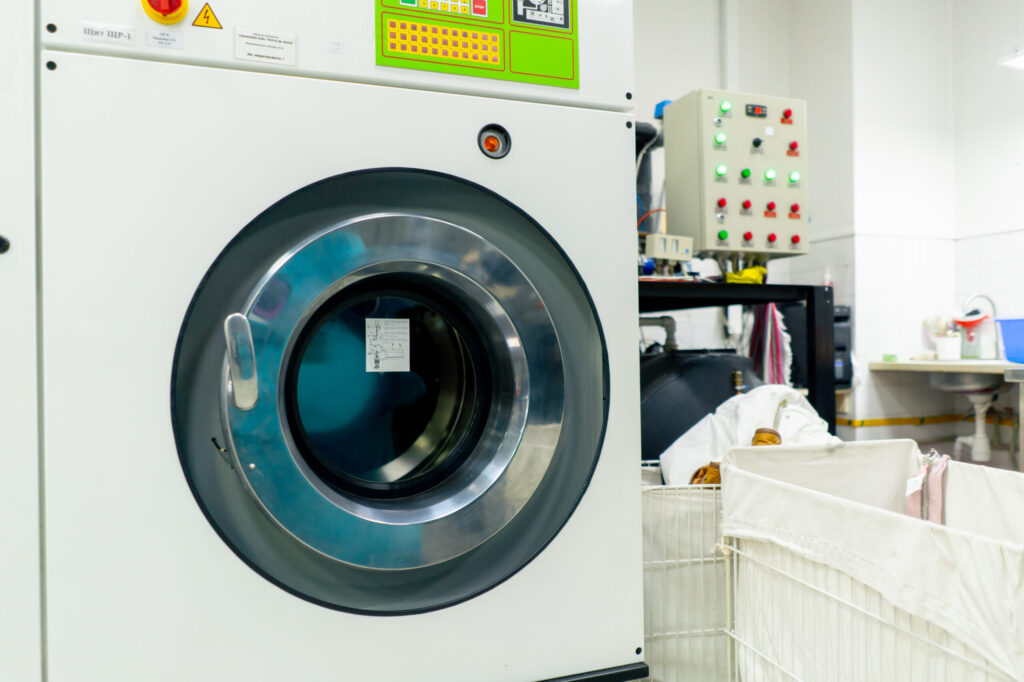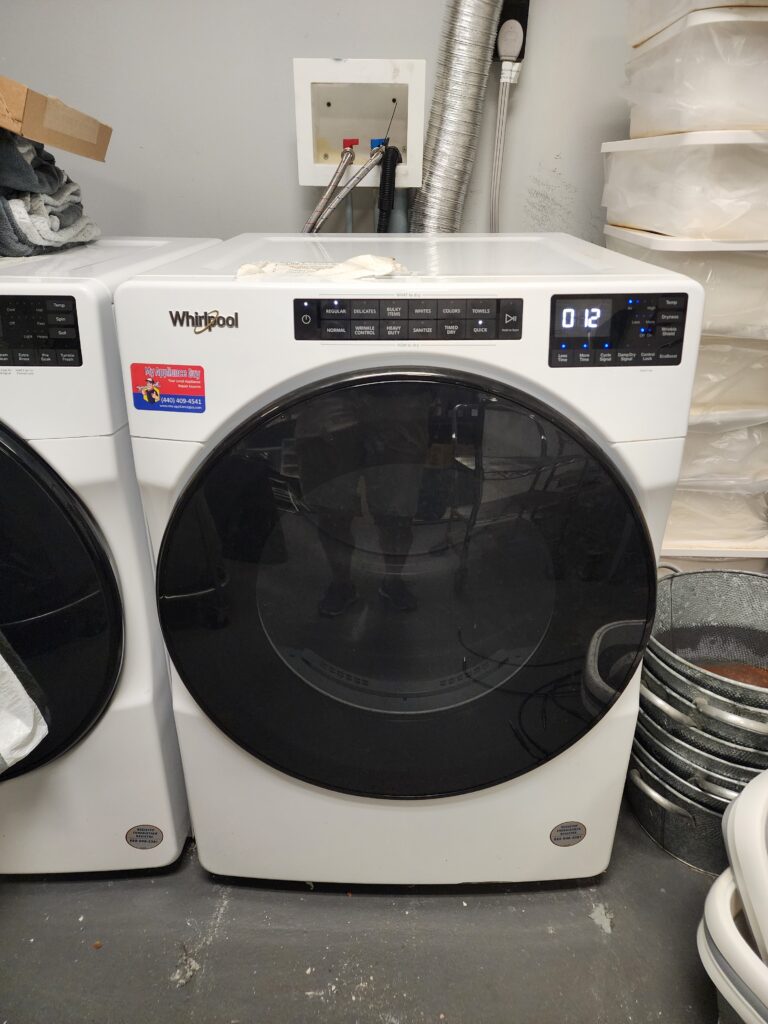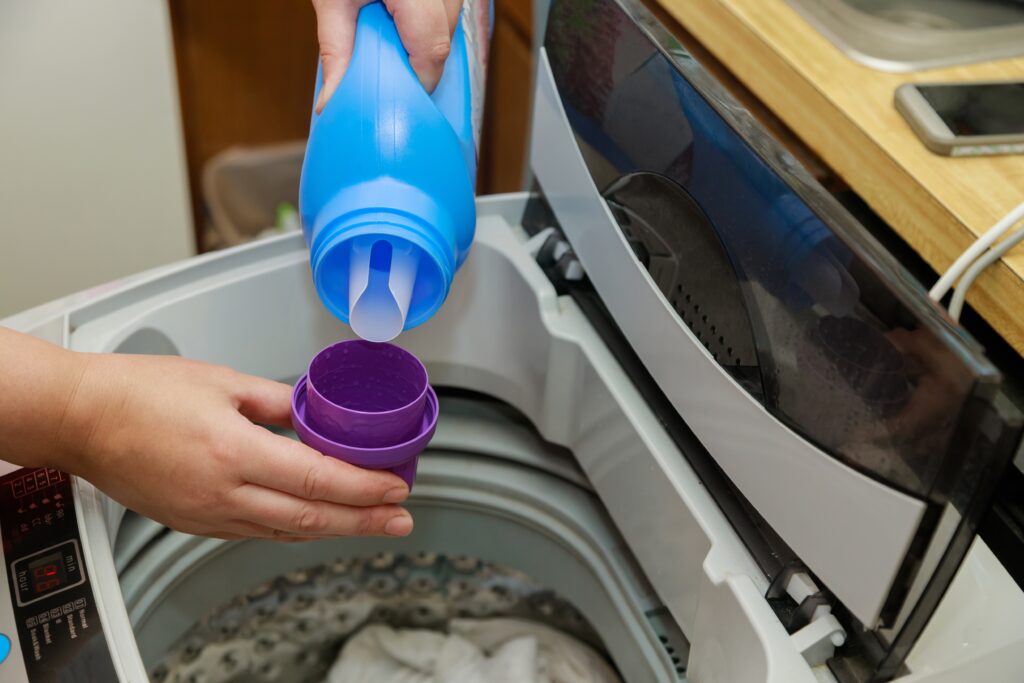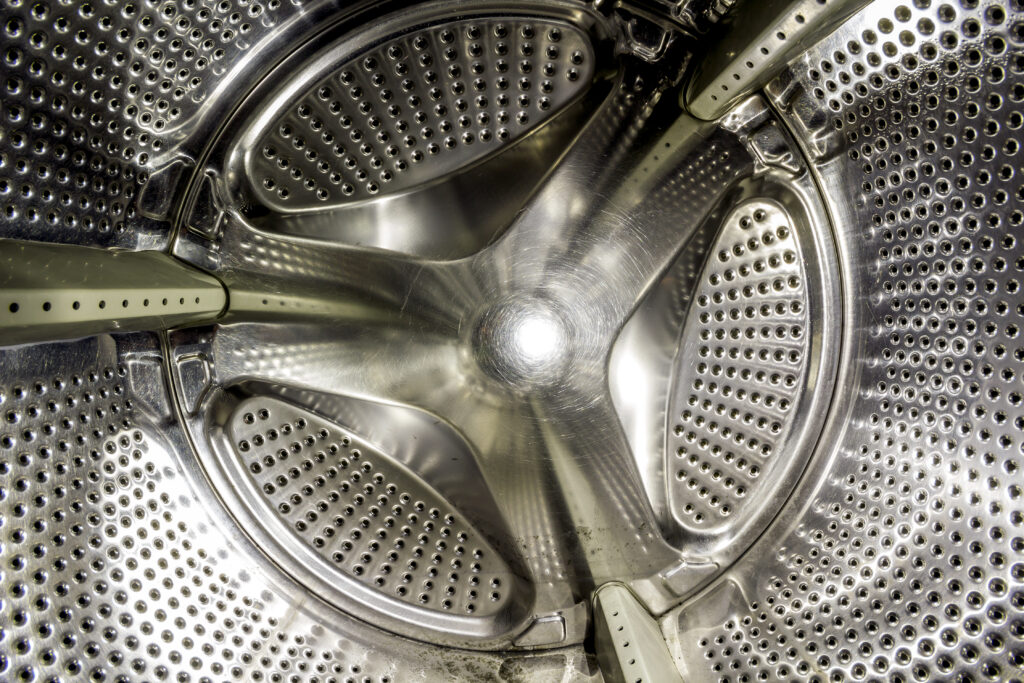The modern washing machine is a household staple, a quiet workhorse tucked into laundry rooms and basements across the world. It hums and spins, making short work of dirty clothes and heavy linens, saving us hours of manual labor every week. But this convenient appliance is the result of centuries of trial, invention, and reinvention. So, when washing machine invented, and how did it evolve into the marvel of modern engineering we know today?
Understanding the history of the washing machine isn’t just about knowing dates and inventors; it also tells the story of how domestic life has changed over time. From wood tubs and hand-cranked rollers to automated, energy-efficient machines with smart technology, the washing machine’s development reflects shifts in industry, technology, and everyday living. This article explores that journey, focusing on the pivotal inventions and moments that define when the washing machine was invented and how it came to dominate laundry rooms across the globe.

The First Glimpse: Early Efforts to Wash Mechanically
Long before there was a single inventor who could claim they created the washing machine, people across different civilizations were experimenting with ways to wash clothes more efficiently. In pre-industrial societies, laundry was typically done by hand in rivers or using washboards, a practice that was both labor-intensive and time-consuming.
The first formal attempt to mechanize laundry came in 1797, when Nathaniel Briggs of New Hampshire received the first U.S. patent for a clothes washing machine. His invention consisted of a wooden tub that allowed for manual rubbing and twisting of garments. Unfortunately, detailed records of his design were lost in a fire at the U.S. Patent Office in 1836, but his filing marked a significant moment in the timeline of when washing machine invented becomes part of industrial history.
By the mid-19th century, hand-powered washers became more common. These early machines included cranks, rollers, and agitators but still required significant human effort. The machines were often made of wood or metal, and many households built their own based on popular mechanical designs.
The Rise of the Drum: Toward a More Functional Machine
As the Industrial Revolution introduced steam and mechanization to factories, inventors looked for ways to apply these technologies to domestic chores. In the 1850s, a Frenchman named M. Gautier created a hand-powered drum washing machine that allowed clothes to tumble inside a cylinder. This concept of a rotating drum would become central to future designs.
In the 1860s, James King, an American inventor, patented a washing machine with a drum, widely considered one of the first to resemble today’s washers. His version used a hand-cranked mechanism to rotate the drum, giving users the benefit of agitation without completely relying on scrubbing by hand. Around the same time, William Blackstone designed a washing machine as a birthday gift for his wife in 1874. His model was hand-powered but intended for home use, signaling the move of laundry appliances from commercial laundries to private residences.
These innovations marked an important point in understanding when washing machine invented transitions from a conceptual effort to a practical household device.

Electrification Changes Everything
The invention of the electric motor was a game-changer for household appliances. The first electric washing machine is credited to Alva J. Fisher, an engineer at the Hurley Machine Company in Chicago. In 1908, Fisher unveiled the “Thor”, which is widely regarded as the first electric-powered washing machine sold commercially in the United States.
The Thor washing machine used a galvanized drum powered by an electric motor. It offered households a new level of convenience and speed, reducing physical strain and saving time. Though it required careful supervision due to the rudimentary electrical safety standards of the time, it marked a dramatic shift in the history of laundry appliances.
This milestone is often cited when asking when washing machine invented in a modern sense. Thor’s release in 1908 represented a new era—one where washing machines became more than an industrial curiosity. They became a part of middle-class domestic life.
Post-War Boom and the Age of Convenience
Washing machines remained a luxury item until after World War II. During the war years, production was limited due to rationing of materials like steel and rubber. But the post-war economic boom in the United States and other developed countries gave rise to a consumer-driven culture that embraced household technology.
By the 1950s, automatic washing machines became more common. These units could fill and drain water, spin and agitate clothes, and even apply heat for drying. The integration of timers, temperature controls, and spin cycles allowed for more tailored and efficient laundry experiences.
According to the Smithsonian Institution, the washing machines of this period had steel drums, enameled finishes, and variable wash programs. These appliances revolutionized how people viewed domestic labor, freeing up time—especially for women—to pursue work, education, and leisure.

The Digital Evolution: From Automation to Smart Tech
When people today ask when washing machine invented, they are often thinking in terms of digital smart washers that connect to Wi-Fi and offer dozens of washing modes. That transformation began in the late 20th century and gained momentum in the early 2000s.
Manufacturers began using microprocessors and sensors to monitor water levels, balance loads, and optimize spin speeds. Machines became more energy- and water-efficient, thanks in part to Energy Star guidelines, which pushed brands toward innovation.
The introduction of front-load washers, advanced detergent dispensing, and noise-reducing technologies made machines more user-friendly and environmentally conscious. Companies like LG, Whirlpool, and Samsung launched smart washers that integrate with smartphone apps, voice assistants, and remote diagnostics. These advancements show how far we’ve come from the early experiments of the 1700s.

Internal Insight from My Appliance Guy
Modern washing machines are powerful, efficient, and sophisticated—but they can still run into issues. Whether your machine isn’t spinning, is leaking, or is showing error codes, you can rely on My Appliance Guy for reliable washer repair and maintenance. We serve homes across Cleveland, Ohio, offering expert solutions tailored to your brand and model. Visit our washing machine repair page for more information or call (440) 409-4541 to schedule a service visit.
Why Knowing This History Matters
Understanding when washing machine invented isn’t just trivia—it helps us appreciate the conveniences of modern life. It reminds us how innovation can radically improve quality of life and reduce labor. This historical awareness also makes us more mindful consumers. When you invest in a new appliance or seek a repair, you’re continuing a story that spans over 200 years.
From Nathaniel Briggs’ primitive design to Alva J. Fisher’s electric marvel and today’s ultra-efficient smart washers, the journey of the washing machine is a symbol of domestic transformation. Every cycle run in your laundry room is the result of generations of trial, error, and brilliant engineering.

Final Thoughts
So, when washing machine invented? While the answer starts in 1797, the story is long and filled with pivotal innovations. Each generation has added to the convenience and capability of this everyday appliance. And as technology continues to evolve, the washing machine will no doubt become even smarter and more efficient.
Whether you’re facing a problem with an old machine or planning to upgrade to a modern model, remember that the experts at My Appliance Guy are here to help you keep your laundry routine running smoothly.


